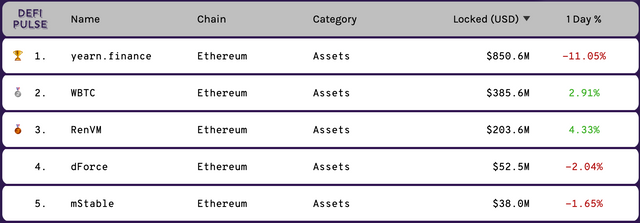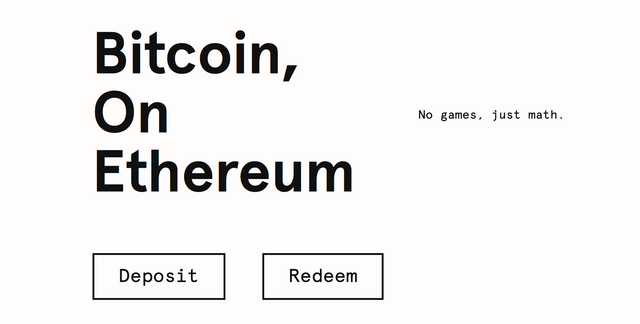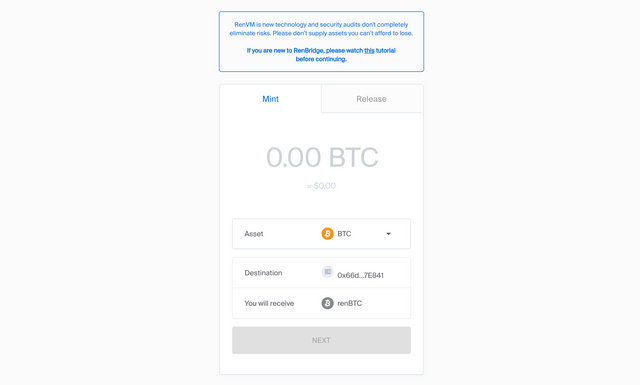renBTC and tBTC what are the similarities and where the difference is?
Recently, there've been a lot of talks about the project tokenizing Bitcoin, especially those, who are doing it in a decentralized way. At the moment, the largest decentralized project specializing in issuing BTC of ERC-20 type is renBTC. According to the data from the "DeFi Pulse" service, RenBTC (Bitcoin issued by RenVM) is the third-largest asset by the locked value with more than 200,000,000$ locked. Quite impressive, isn't it?

Yes, but this is not the "top of the mountain" yet. These results are impressive for sure and serve as a possible direction of growth of the whole industry of ERC-20 Bitcoins.
As was said before, the RenBTC is not the only decentralized project aiming to move Bitcoin into Ethereum, the second one (and definitely as much interesting as the first one) is TBTC. Developed by KEEP Project and Summa, TBTC remains the most expected and promising project within this market niche. It hasn't been launched yet...well..it was launched a few months ago, but developers decided to step back and solve some minor bugs, perform a few audits by external parties to ensure the launch will be smooth. So at the moment, TBTC is waiting for the official launch and meanwhile is growing the number of operators and community members.
How tBTC and renBTC are operating? What is different and what is similar.
In reality, for the person unfamiliar with the technical details, the only noticeable difference is the maximum amount of Bitcoins allowed to be "exchanged" into BTC of ERC-20 standard. RenBTC has no limit, TBTC using the fixed lots, and the upper limit of exchange is 1 BTC. I personally believe it was designed for a smooth start of the project, the limit will be pushed upwards as soon as the system meets the proper demand.
What about the technical differences, there're a few. To start with, when user wants to "exchange" his Bitcoins, they should be kept by the 3rd party until user decides to take them back. And to ensure the 3rd party will not run away with the Bitcoins, projects developed some security measures. The first measure the bonding.
TBTC's Singers (who keep the Bitcoins) are obligated to lock up to 50% more personal funds than they got from users. In other words, to hold the 0.5 BTC of user, the Signer should propose a bond of 0.75 BTC (150% of the deposit). And the bond should be placed in ETH tokens.

renBTC's Darknodes (similar to Signers in TBTC) are required to be bonded on 300% of the deposited value. In an example, to hold 0.5 BTC of the user, Darknode should be bonded on 1.5 BTC in REN tokens.

Also, there's a difference in a way projects choose the nodes holding deposits.
In tBTC, all nodes staking at least 90,000 Keep tokens are becoming Signers. When user expresses the motivation to make a deposit, the TBTC system uses the Random Beacon technology to randomly choose 3 Signers who will be collectively holding the deposit. Collectively - because no one should be allowed to have access to the private key. To ensure the security of this process, TBTC is using the ECDSA threshold signature, developed by the parent project KEEP.
in renBTC, Darknodes should stake at least 100,000 tokens. When user expresses the motivation to make the deposit, the RenVM randomly chooses 100 Darknodes and they will be signing the transactions collectively. Also, the ECDSA signature is used.
As renBTC is already launched, there's no something intriguing about it. But the future launch of tBTC is quite an interesting event and we are looking forward to seeing this project in action...and the flippening between tBTC and renBTC!